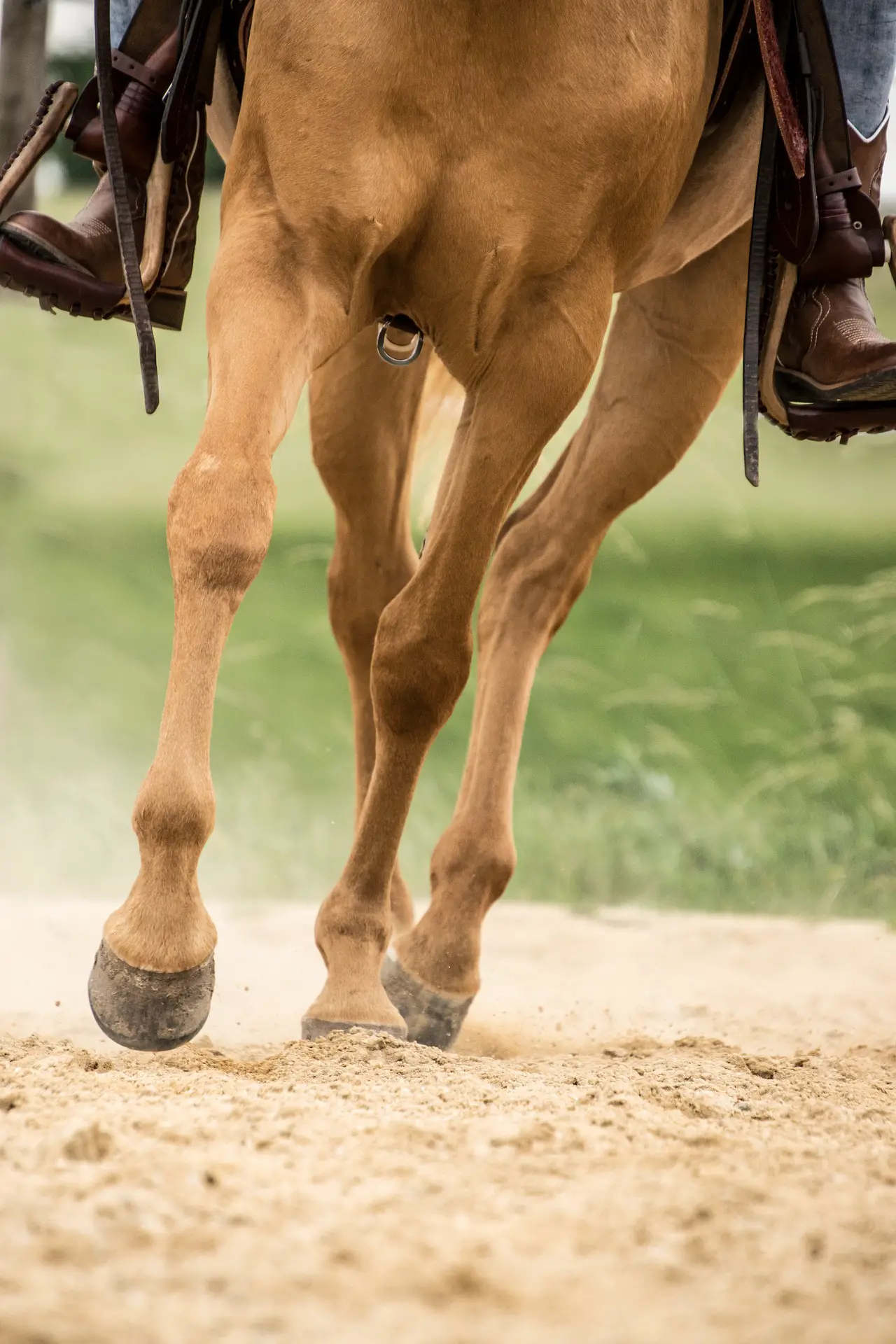Last Updated on February 22, 2022 by Allison Price
What is Carpal Hygroma and how can it help you?
Horses spend a lot of time on their feet, so it is important to keep their legs in good shape. This is particularly true if your horse is used for racing, hunting, work, or riding. Poor bedding conditions, trauma, and jumping on the structure are all possible causes of carpal hypermobility. To ensure that your horse is healthy and not infected, you should see an equine veterinarian if there is a growth on the leg.
Carpal hygroma refers to a fluid-filled capsule or swelling in the area of the knee that has been caused by repeated trauma, such as hitting your knees against a fence or other hard objects. Because of the fluid on the knee, it’s sometimes called water on the knee. Although it is not usually painful, this swelling can cause pain or lameness. A carpal hygroma can also become infected. It should be treated as soon as possible. You should see an equine vet immediately if you suspect your horse may have carpal hygroma.

Horses are susceptible to Carpal Hygroma.
Here are some signs your horse might have carpal hygroma
- The swelling of the carpus’ dorsal region
- Lesion that is firm and capsule-shaped, placed above the knee
- Redness and warmth in the affected region
- A slight limp or lameness in the affected leg
Horses and Carpal Hygroma: Causes
Carpal hygroma usually results from an injury to the affected limb. Inadequate bedding could also be a cause. Proper bedding material should be at least three to four inches thick. If your horse’s legs touch the structure you are jumping, it can also happen while you race or jump hurdles.
Diagnosis for Carpal Hygroma in Horses
The veterinarian will need to know the history of your horse, his job and any vaccinations in order to diagnose carpal hygroma. The veterinarian must also conduct a physical exam, including assessing your pet’s health, behavior, condition, conformation, and general health. The veterinarian will conduct a thorough physical examination. This includes weight, height and body condition score. It also examines respirations, heart rate and blood pressure. The veterinarian will ask you to walk your horse and then watch for any changes in muscle function, movement, or joint fluidity. Next, a flexion test will take place. This involves putting pressure on the affected area for approximately 2 minutes. Then you will have to trot again to check if any pain is causing lameness. A nerve block is then injected to numb any pain. This will allow the veterinarian to determine if the carpal hyperemia is causing pain or lameness.
A blood test will also be done, including a lactate hydrogenase, creatine kinase, chemistry panel and electrolyte levels. To test for fungal or bacterial infection, the veterinarian will need to take a small amount of fluid from your hygroma. The final imaging procedure includes a contrast xray, ultrasound and bone scan. However, it may also include a CT scan or MRI.
Horses and Carpal Hygroma Treatment
Your veterinarian will use all information from your physical exam, laboratory tests and imaging to determine the best treatment plan. The following treatments may be used:
Aspiration
The veterinarian will drain any fluid remaining in the carpal vein to reduce inflammation. After shaving the hair and sterilizing it, a hypodermic needle is used to drain any fluid. It is quick and safe, and can be repeated if needed.
Hydrotherapy
Ice cold water can be used to reduce inflammation and ease pain. This may include submerging the leg in cold water for around 30-45 minutes. After draining more fluid, the vet will place the leg in cold water for an additional 30-45 minutes. Hydrotherapy can also be done by static spas, water treadmills and swimming.
Medication
The veterinarian may also decide to use NSAIDS (non-steroidal anti-inflammatories), corticosteroid injections, and a topical medication called diclofenac sodium liposomal cream to reduce inflammation and pain.
Arthroscopic Surgery
If the veterinarian suspects that there is an infection or damage to the joints, this joint surgery will be performed. Three small incisions will be made by the veterinarian to insert the arthroscope, and two tools to remove any debris or particles that may have been caused by trauma or accident.
Horses – Recovery of Carpal Hygroma
Carpal hygroma is a treatable condition with good prognosis. To reduce infection, you’ll need to keep the wound closed and clean if surgery was performed. In case of an emergency, your veterinarian may prescribe antibiotics. Usually, treatment is required for several months.
*Wag! *Wag! may receive a portion of the sales or any other compensation through the links on this site. The retailer sells the items, not Wag!



